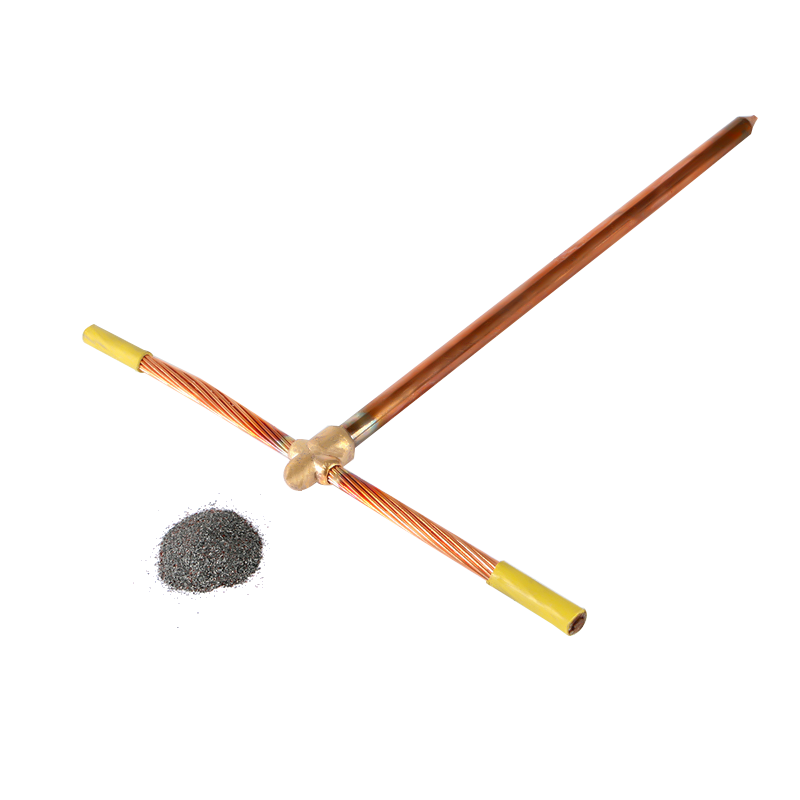Exothermic welding can contribute to corrosion resistance in pipeline applications in several ways:
Galvanic Isolation: Exothermic welds create a seamless, electrically continuous connection between metallic components in a pipeline system. This eliminates the need for dissimilar metal connections, which can create galvanic corrosion issues. By using the same metal for the weld as the pipeline components, you reduce the risk of galvanic corrosion.
Reduced Crevice Corrosion: Exothermic welds provide a strong, flush, and smooth connection between pipeline components. This minimizes crevices or gaps where moisture and contaminants can accumulate, reducing the risk of crevice corrosion.
Consistent Quality: Exothermic welding produces high-quality, homogeneous welds with minimal imperfections. This consistency in weld quality reduces the chances of defects that could lead to corrosion initiation sites.
Longevity: Exothermic welds are known for their durability and longevity. A well-executed exothermic weld can last for the lifetime of the pipeline, minimizing the need for frequent maintenance and repair work that could expose the pipeline to corrosion risks.
Resilience to Environmental Factors: Exothermic welds are resistant to environmental factors like moisture, chemicals, and temperature fluctuations. This resilience helps maintain the integrity of the weld and prevents corrosion-related failures.
Enhanced Cathodic Protection: Exothermic welding can be used in conjunction with cathodic protection systems. Properly bonded exothermic welds ensure the efficient transfer of electrical current in cathodic protection, which helps to prevent corrosion on the pipeline's surface.
Reduced Maintenance: The reliability of exothermic welds reduces the need for frequent maintenance and inspection, which can expose the pipeline to environmental conditions that promote corrosion.
Seamless Joints: Exothermic welding can create seamless joints in pipelines, eliminating the weak points associated with mechanical connections or threaded joints that can be more susceptible to corrosion.
 Exothermic Welding PowderExothermic Welding Powder Is A Simple, High-Efficiency, High-Quality Metal Joining Process That Utilizes The Chemical Reaction Heat Of A Metal Compound As A Heat Source, Through Superheated (Reduced) Molten Metal, Directly Or Indirectly Heated, In A Special Graphite Mold A Welded Joint With A Certain Shape And Size In Accordance With Engineering Requirements Is Formed In The Welding Chamber.
Exothermic Welding PowderExothermic Welding Powder Is A Simple, High-Efficiency, High-Quality Metal Joining Process That Utilizes The Chemical Reaction Heat Of A Metal Compound As A Heat Source, Through Superheated (Reduced) Molten Metal, Directly Or Indirectly Heated, In A Special Graphite Mold A Welded Joint With A Certain Shape And Size In Accordance With Engineering Requirements Is Formed In The Welding Chamber.


 English
English 简体中文
简体中文











